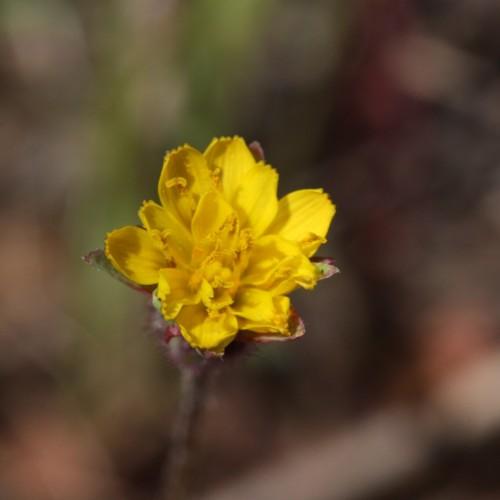
Annual Agoseris
Agoseris heterophylla var. heterophylla
Also Known As - Annual False DandelionWatering:
Average
Hardiness Zone:
Flowers:
Flowers
Sun:
Sun
Soil:
Sand, Loam
Leaf:
Yes
Growth Rate:
Low
Drought Tolerant:
Yes
Salt Tolerant:
Yes
Care Level:
Medium
watering
Annual Agoseris requires regular watering when first planted. During the active growing season, water when the soil is nearly dry, about once every 1-2 weeks. In summer, water more frequently, about once a week, until the plant is established. In fall, reduce frequency of watering and make sure the soil is dry between waterings. In winter, water sparingly, only keeping the soil barely moist. Overwatering is the most common cause of death of the Annual Agoseris, so be sure to check the soil before watering and only water if it is dry at the touch.
sunlight
Annual Agoseris (Agoseris heterophylla var. heterophylla) requires full sunlight for optimal growth. It should be exposed to 6-8 hours of direct sunlight each day during the growing season, usually from late spring to early fall. Too much shade may result in sparse flower production and poor overall vigor. In the area of extensive summer heat, some afternoon shade may be beneficial to protect the plants from intense heat exposure. When the plant enters its dormant period (usually in late autumn and winter), it can tolerate periods of partial or light shade.
pruning
Annual Agoseris is a plant species native to the Western United States and typically blooms from April to June. Pruning is not necessary for this plant species as it typically self-seeds itself and will grow back the following spring with no intervention. If pruning is desired, it is best to prune the plant in the late winter or early spring before it begins to bloom in the spring. Prune by using hand pruners or scissors to cut the overly long or dead stalks at the base of the plant. Pruning too late (in the summer) can reduce blooming and should be avoided.
